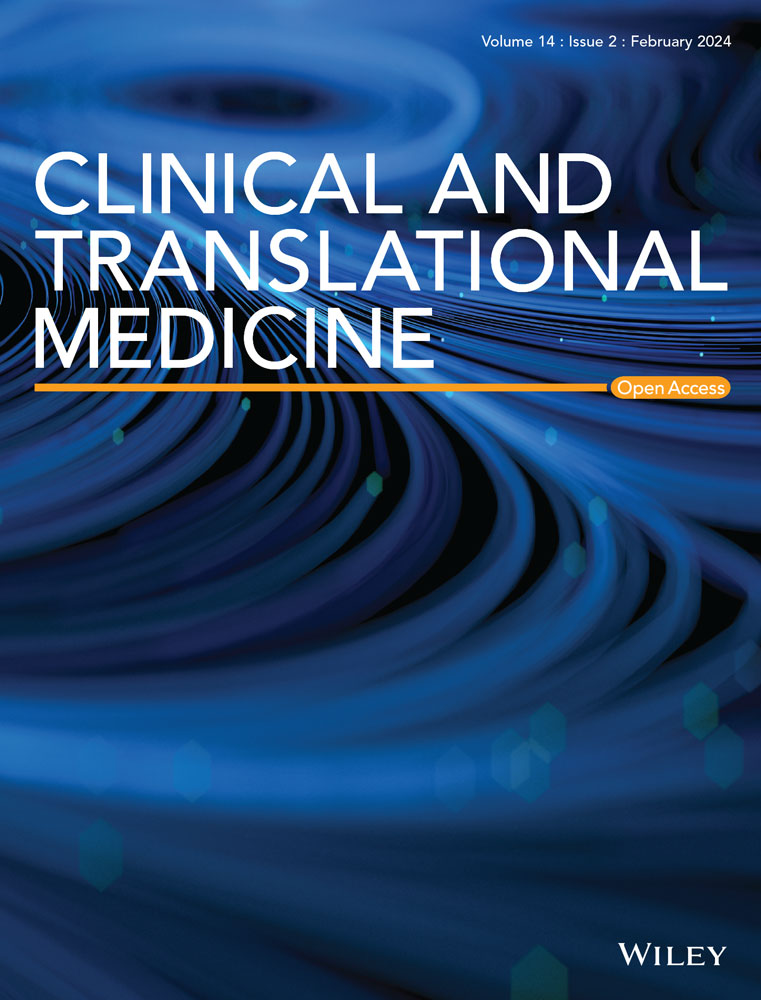Extrachromosomal circular DNA expressing miRNA promotes ovarian cancer progression
Abstract
Background
Extrachromosomal circular DNA (eccDNA) has emerged as a critical driver of oncogenesis, yet its functional roles in high-grade serous ovarian cancer (HGSOC) remain poorly characterized. This highlights the need for comprehensive investigations into the abundance, biogenesis, and functional implications of eccDNA in HGSOC.
Methods
To characterize eccDNA in HGSOC, we performed comprehensive Circle-seq analysis to assess eccDNA abundance and genomic annotation in HGSOC tissues compared to normal ovarian tissue. For mechanistic validation of eccDNA biogenesis pathways, targeted knockdown experiments of microhomology-mediated end-joining (MMEJ) dependent on LIG3 and POLQ were conducted. Functional characterization of HGSOC-specific eccDNA-harboring precursor microRNAs (eccMIRs) included in vitro assays using HGSOC cells and in vivo tumor growth experiments.
Results
Circle-seq analysis revealed a 13-fold increase in eccDNA abundance in HGSOC compared to normal ovarian tissue, with significant enrichment in promoter and coding regions. The MMEJ pathway was identified as the predominant pathway for eccDNA biogenesis in HGSOC, supported by characteristic microhomologies at junction sites and validation via LIG3 and POLQ knockdown experiments. Notably, HGSOC-specific eccDNA frequently contained functional eccMIRs (eccMIR3661, eccMIR618, and eccMIR2277), which generate oncogenic miRNAs. These miRNAs promote tumor progression by downregulating tumor suppressor genes and activating key oncogenic pathways. Functional assays confirmed that these eccMIRs significantly enhanced HGSOC cell proliferation, migration, and invasion in vitro and promoted tumor growth in vivo.
Conclusions
These results underscore eccDNA as an oncogenic driver in HGSOC through non-coding RNA-mediated regulatory mechanisms, revealing novel therapeutic opportunities for targeting eccDNA biogenesis in this aggressive malignancy.
Key points
- This study revealed a 13-fold increase of eccDNA in HGSOC compared to normal tissues, with significant enrichment in promoter and coding regions.
- eccDNA-derived miRNAs (eccMIRs) were shown to enhance cancer cell proliferation, invasion, and tumor growth through the expression of oncogenic miRNA sequences.
- The study highlights the importance of the MMEJ pathway in eccDNA generation and proposes that targeting eccDNA biogenesis in this aggressive malignancy presents a novel therapeutic opportunity.


 求助内容:
求助内容: 应助结果提醒方式:
应助结果提醒方式:


